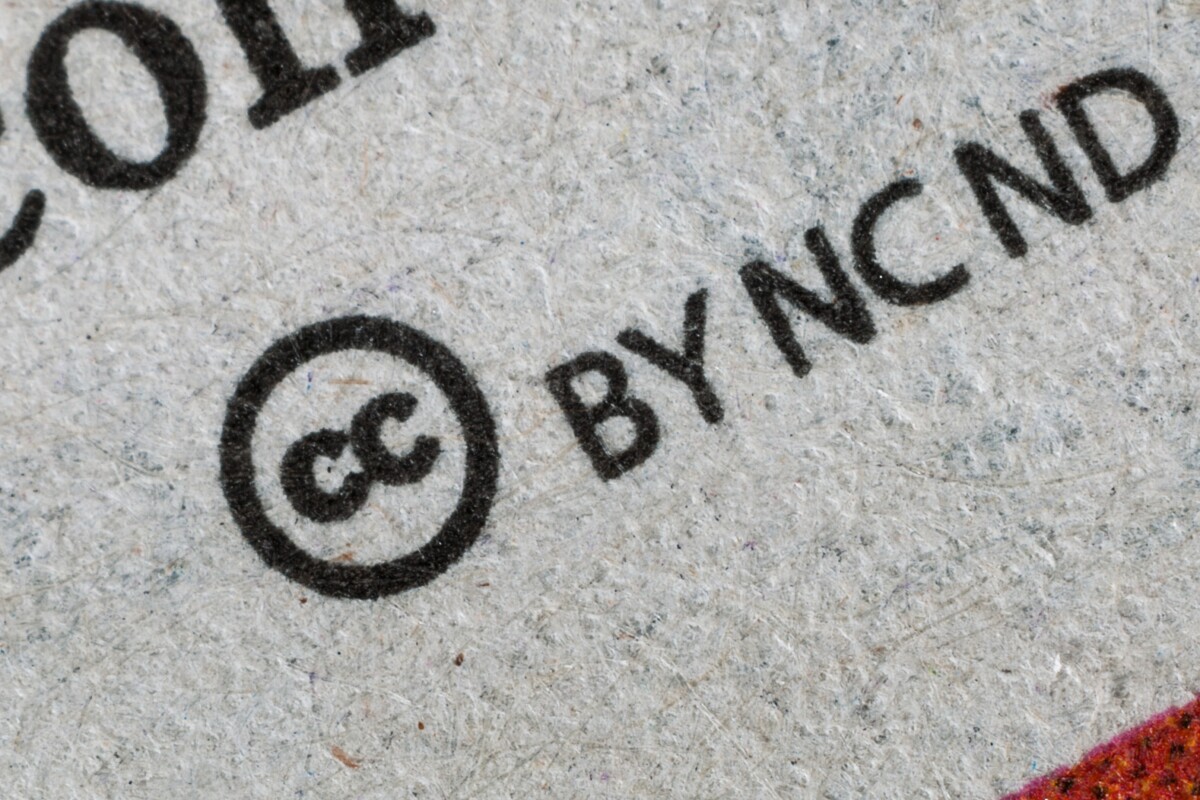Entry 2 | Featured Image by Matthew Waring on Unsplash.
My first experience in using other artists’ creative work was regrettably done so without said artist’s permission. At the time I was in middle school and did not understand the importance of credit. I wanted to pursue illustration and so I would practice by heavily referencing and sometimes even tracing other artists’ work. I thought that if I could make my work look like theirs, I would be successful. However, as I grew older and learned more about the creative industry, I realized that it was wrong to use someone else’s work without their permission or giving them credit. It was not until I entered high school that I learned about the importance of proper attribution and plagiarism. I started to make sure that whenever I used someone else’s work, I would make sure to properly cite sources and credit the creator when I used their work.
This realization also helped me to develop my own unique style. By no longer relying heavily on referencing others’ work, I was able to experiment and try out different styles, techniques, and approaches to create my own distinct illustrations and designs. Not only did this benefit me creatively, but it also allowed me to appreciate the hard work and dedication that other artists put into their own work.
My opinion is that original artists’ work should always be credited, regardless of how heavily it is referenced or transformed. This is because the act of referencing or transforming another artist’s work still relies on the foundation of their original creation. Even if the transformation or reference is significant, the original artist should still be acknowledged and given credit. This also applies to cases like the Fairey Copyright case, where Shepard Fairey used an Associated Press photograph to create the iconic “Hope” poster for Barack Obama’s 2008 presidential campaign without permission. While Fairey’s use of the photograph can be considered transformative, the fact remains that he still used someone else’s work as a basis for his own creation. Therefore, I believe that he should have given proper credit and obtained permission before using the photograph.
Works Cited
AIGA. A Client’s Guide to Design: How to Get the Most Out of the Process. AIGA, 2017. eBook Collection (EBSCOhost), doi:10.1177/0002764218756095.
Christensen, Paul, and Ben Sobel. “Case Study on Fair Use and Fair Dealing: The Hope Poster Litigation.” International Journal of Communication, vol. 11, 2017, pp. 4283-4303. Communication & Mass Media Complete, doi: 10.1016/j.techsoc.2015.11.005.
William Fisher et al, “Reflections on the Hope Poster Case,” 25 Harvard Journal of Law and Technology 244 (2012).




